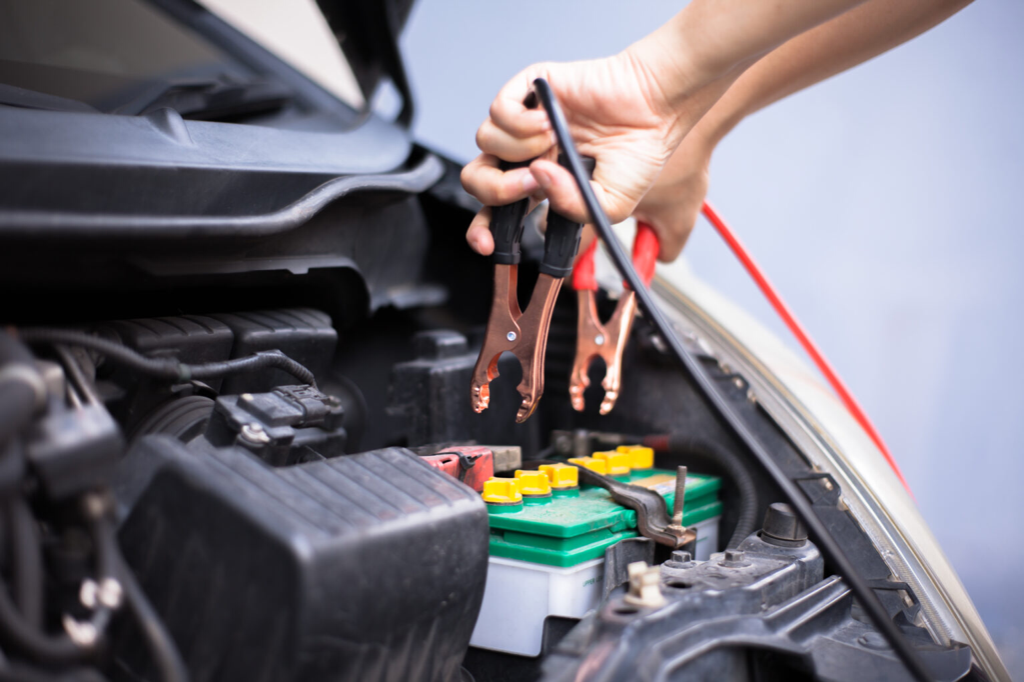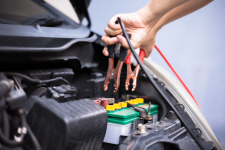
If you love driving your cars on highways for thousands of miles and love pushing your car to its maximum horsepower, you must also know that a car equally needs to be taken care of as much as it’s driven. Maintaining a car is like maintaining a pet. Whether you use it or not, you will have to take care of it before it ends up costing dearly to you. Most of the car parts happen to work fine, even if they happen to be used after a very long period, save for the car batteries and fuel injection systems.
Both car components need to be regulated frequently for their proper functioning. Both of these car components play a crucial role in the working of a car and are essentially regarded to be the ones that “make or break” a car. Car batteries are probably one of the most overlooked car components that often find themselves to be ignored most of the time. However, a car battery plays the most important in the working of a car. Hence, one must always take good care of the car battery which can be done by keeping all of such essential information in mind:
The lifecycle of a car battery:
A car battery has two different kinds of lifecycles depending on how it’s treated. These lifecycles determine before one needs to go for a car battery replacement and are usually determined based on whether a car battery has been used or has been on the shelf.
Car battery usually has a shelf life of about 6 years. This, however, is not the same in the case of when the car batteries are used in the daily run. Such car batteries have a lifespan of about 3 to 5 years which is dependant on the fashion in which they are used. One needs to replace the car battery when it stops delivering charge to do the ignition in the engine and stops being the main powerhouse of the car as it intended to be.
Different factors that affect the health of car batteries:
A variety of weather conditions greatly affect how a car battery performs during its lifetime. A car battery is made up of a hard-shell casing that encloses different solid and liquid chemicals that react with others to produce the necessary electric charge for the working of the car.
The amount of electric charge produced by a car is directly related to the type of weather a car is used in. This is one of the reasons why cars that are driven in moderate temperature areas often outlast their battery lives as opposed to cars that are driven in extreme cold and hot weather conditions. Car batteries tend to suffer the most in regions with serious temperatures as it begins to affect the chemical reactions taking place in them. A weaker chemical reaction leads to a lesser electric charge which affects the car ignition and eventually leads car owners to go for solutions like replacing the car battery or jump-start the car battery.
Save your day by jump-starting:
The mileage on a car can tell its condition. A car with high mileage has more wear and tear to them. The more you drive your car, the more its price will drop.
There are instances when a car battery may suddenly decide to give up on you. This usually happens when a car battery is either running flat or is completely dead. This is where the car battery jump start comes to the rescue. Keeping accessories like Jumper cables handy ensures that you can push off the necessary charge to start the car by jump-starting it and eventually get your car back on the road before you go on to replace the car battery.
You might be interested in






